
1972-73 previously unreleased SME duo recordings of John Stevens on percussion & cornet and Trevor Wattson soprano sax from the cassette archives of Trevor Watts.
Out of Stock
Quantity in Basket: None
Log In to use our Wish List
Shipping Weight: 8.00 units
Sample The Album:
Trevor Watts-soprano saxophone, voice
John Stevens-percussion, cornet, voice
Click an artist name above to see in-stock items for that artist.
UPC: B002ERHPDC
Label: Emanem
Catalog ID: 4218
Squidco Product Code: 9323
Format: 2 CDs
Condition: New
Released: 2007
Country: Great Britain
Packaging: 2 CDs in a single Jewel tray
All analogue concert recordings made by Trevor Watts
A1: Wolverhampton (Polytechnic) - April 5, 1973
A2: London (Little Theatre Club) - October 5, 1972
A3: London (Little Theatre Club) - September 20, 1972
A4: London (Little Theatre Club) - October 13, 1972
B1 - B2: Newcastle-upon-Tyne - November 30, 1972
B3 - B9: London (Little Theatre Club) - January 5, 1973
B10: London (Little Theatre Club) - February 2, 1973
B11: London (Little Theatre Club) - January 28, 1973
B12: London (Little Theatre Club) - March 9, 1973
1972-73 previously unreleased SME duo recordings of John Stevens on percussion & cornet and Trevor Wattson soprano sax from the cassette archives of Trevor Watts.
"Ever since I heard this duo, I have thought that if any music deserved to be called minimalist it was this one, because they managed to strip the music down to its bare essentials yet keep its content - unlike so much minimal art that seems to 'throw out the baby with the bathwater'.
For most of the years 1972 and 1973, the Spontaneous Music Ensemble was the duo of John Stevens and Trevor Watts (with others added from time to time on an ad hoc basis). One should not, however, think of this as an 'in between' phase - it was an intense period of exploration and experimentation. They used to rehearse in private most days, and perform in public most weeks usually at the Little Theatre Club in London where most of this music was recorded.
When an opportunity of a record release arose, Stevens tended to put a special enhanced group together rather than use a regularly working group. I was so taken by this duo being a complete group, that I was determined to issue an LP by them unenhanced when I started Emanem in 1974. Hence FACE TO FACE, recorded late 1973. Over thirty years later, we now have a most unexpected but very welcome opportunity to listen to some earlier work by this duo.
At the time, some people thought this music was cold, clinical and lacking variety. These recordings show that it was far from all that - it varied from the emotional ferocity of Free Jazz heard in parts of FOR PHIL to the quiet stillness heard in LOWERING THE CASE. All this was achieved with Trevor Watts just playing soprano saxophone, and John Stevens playing either his small drum set or his recently acquired cornet. (They also made some use of their voices.)
Portable cassette players became generally available around 1970, and Trevor Watts was one of the first people to use one to extensively record performances. Such machines were extremely convenient to use, but they tended to make noisy recordings. However, it has now been possible to clean up the sound thanks to the wonders of modern digital technology.
Watts recently went through his cassette archive and came up with several hours of duo recordings that he made with Stevens in late 1972 and early 1973 - a period not otherwise available on record. Prior to this release, there were no published small group SME recordings made between the mid 1971 quartet with Julie Tippett and Ron Herman and the duo in late 1973; and there were no published examples of Stevens' cornet playing from before late 1973.
I set about going through this material, cleaning up the sound, and reducing the quantity to a manageable amount (with Watts' approval). A few items were eliminated because the recordings were faulty. Some performances were dispensable because they were similar to others, but not so inspired. Most of the finally selected pieces have been edited - after all it was Stevens who alerted me to the art of editing improvised music!
Thus IN THE MIDDLE comes from a 38-minute performance which got off to a tentative start. Then towards the end, Stevens sounds as though he lost interest - something he often did after feeling that a successful piece had run its course. These two lesser parts have thus been removed to leave a very fine middle 20-minute section. At first sight, Watts' playing may seem limited, but further listening and acclimatisation reveals an apparently infinite supply of ideas. Watch out for a conversational section where Stevens just plays wood blocks, bells and elbow-tuned drums - the two players particularly seem to fit together hand-in-glove there. This contrasts with the forward momentum of IN THE MIDLANDS which starts the CD.
The conversational aspect is even more obvious on THREE EXTRACTS, which is now the earliest recording of Stevens' cornet playing to be issued. This track consists of the start of a 29-minute cornet and saxophone duo, along with two later excerpts, eliminating three less inspired sections. After a fairly equal discourse in the opening, the second extract finds Stevens repeating a note which goads Watts into some very emotional playing, followed by a section in which Watts alternates voice and saxophone notes in a very African way. The third extract involves a considerable amount of flexible droning.
It can be argued that improvisations should not be edited to enable one to follow the whole flow. Or that it's interesting to hear how musicians like Stevens and Watts managed to get themselves out of relatively dull situations. However, I think that a published recording designed for repeated listening should only really contain the best bits. After all, there are non-musical as well as musical events that influence improvisation, and we rarely know what happened to musicians in the period before the performances.
In one case we do know of an outside event: The great jazz drummer Phil Seamen died earlier on the day that FOR PHIL was recorded. This heartfelt performance is included here complete. It begins in a very stark manner as if the duo were coming to terms with the sad news they had just received. The momentum picks up sporadically, somewhat abetted by Stevens' wailing, and eventually reaches a fever pitch at the height of which the drums are replaced by the cornet. The tension subsides as the two horns go through a funereal section, and quieten down to some afterthoughts. How can this be called 'abstract music'? It's one of the most moving requiems I have ever heard.
The two complete NEWCASTLE pieces are perhaps more typical of the duo's work at the time - very moving within their somewhat static environment. They both generally stay in a particular area, but the first one has a surprising final section.
Around the change of year, the duo started concentrating on Stevens' extreme minimal click piece FLOWER. They carried on in this manner for most of the year - an austere period of removing everything but the bare essentials - and an example from the following October has been released on FRAMEWORKS. Both Trevor Watts and I feel that the later released performance tells one all one needs to know about the formal aspect of the piece, so the clicking aspect has been left out of the January pieces heard here leaving just the ensuing free sections.
The seven OPEN FLOWER tracks, like the later FACE TO FACE pieces, show how one of Stevens' basic conceptions can result in improvisations taking off in several different directions. Note how the music goes off in a somewhat unexpected direction half way through the third one when Watts, momentarily left on his own, boils over. BEYOND LIMITATION is another example from a few weeks later of where the same concept can lead, with Stevens adding a complementary vocal line. OPENING THE SET is the start of their performance at a festival they organised at the Little Theatre Club.
LOWERING THE CASE contains an example of a different sort of minimalism that they often indulged in - a very quiet and slow section that anticipates some more recent directions - something that can also be heard on other recordings from the period. (This section was difficult to clean up as the music was quieter than the hiss, which may be the reason why this area of playing didn't really catch on until the advent of digital recording.)
Trevor Watts plays superbly throughout these two CDs. He actually plays superbly throughout all of the unedited cassettes, whereas John Stevens was always trying something else and not always succeeding. However, his playing is magnificent on the music included in this album, and there is much of his unique small kit drumming which somehow implied both momentum and stasis at the same time. But perhaps the most amazing aspect is their togetherness - they often sound one four-armed person playing two instruments."-Martin Davidson, from the liner notes
Artist Biographies
• Show Bio for Trevor Watts "Trevor Charles Watts (born 26 February 1939 in York) is an English jazz and free-improvising alto and soprano saxophonist. He is largely self-taught, having taken up the cornet at age 12 then switched to saxophone at 18. While stationed in Germany with the RAF (1958-63), he encountered the drummer John Stevens and trombonist Paul Rutherford. After being demobbed he returned to London. In 1965 he and Stevens formed the Spontaneous Music Ensemble, which became one of the crucibles of British free improvisation. Watts left the band to form his own group Amalgam in 1967, then returned to SME for another stretch that lasted until the mid-1970s. Another key association was with the bassist Barry Guy and his London Jazz Composers' Orchestra, an association that lasted from the band's inception in the 1970s up to its (permanent?) disbandment in the mid-1990s. Though he was initially strongly identified with the avant-garde, Watts is a versatile musician who has worked in everything from straight jazz contexts to rock and blues. His own projects have come increasingly to focus on blending jazz and African music, notably the Moiré Music ensemble which he has led since 1982 in configurations ranging from large ensembles featuring multiple drummers to more intimate trios. He has only occasionally recorded in freer modes in recent years, notably the CD 6 Dialogues, a duet album with Veryan Weston (the pianist in earlier editions of Moiré Music). A solo album, World Sonic, appeared on Hi4Head Records in 2005. Watts has toured the world over numerous times, run workshops, received grants and commissions, and he has collaborated with some of the great jazz musicians including Archie Shepp, Steve Lacy, Don Cherry and Jayne Cortez. As of 2011, he continues to travel and toured North American with Veryan Weston." ^ Hide Bio for Trevor Watts • Show Bio for John Stevens "John William Stevens (10 June 1940 in Brentford, Middlesex - 13 September 1994 in Ealing, west London) was an English drummer. He was one of the most significant figures in early free improvisation, and a founding member of the Spontaneous Music Ensemble (SME). Stevens was born in Brentford, the son of a tap dancer. He used to listen to jazz as a child, but was initially more interested in drawing and painting (media through which he also expressed himself throughout his life). He studied at the Ealing Art College and then started work in a design studio, but left at 19 to join the Royal Air Force. He studied the drums at the Royal Air Force School of Music in Uxbridge, and while there met Trevor Watts and Paul Rutherford, two musicians who became close collaborators. In the mid-1960s Stevens began to play in London jazz groups alongside musicians like Tubby Hayes and Ronnie Scott, and in 1965 he fronted a septet. Influenced by the free jazz he was hearing coming out of the United States by players like Ornette Coleman and Albert Ayler, his style began to move away from fairly traditional be-bop to something more experimental. In 1966 SME was formed with Watts and Rutherford and the group moved into the Little Theatre Club at Garrick Yard, St. Martin's Lane, London to develop their new music. In 1967 their first album, Challenge, was released. Stevens then became interested in the music of Anton Webern, and the SME began to play generally very quiet music. Stevens also became interested in non-Western musics. The SME went on to make a large number of records with an ever changing line-up and an ever changing number of members, but Stevens was always there, at the centre of the group's activity. He also played in a number of other groups, drumming in Watts' group Amalgam and later forming bands like Freebop and Fast Colour, for example, but the SME remained at the centre of his activities. In the latter part of 1967 Evan Parker joined the SME and worked closely with Stevens in the group, eventually becoming one of the longest standing members. He later summed up Stevens' approach to improvising in two basic maxims: if you can't hear another musician, then you're too loud; and there is no point in group improvisation if what you are playing doesn't relate to what other members of the group are playing. Stevens also devised a number of basic starting points for improvisation. These were not "compositions" as such, but rather a means of getting improvisational activity started, which could then go off in any direction. One of these was the so-called "Click Piece" which essentially asked for each player to repeatedly play a note as short as possible. Stevens played alongside a large number of prominent free improvisors in the SME, including Derek Bailey, Peter Kowald, Julie Tippetts and Robert Calvert, but from the mid-1970s, the make-up of the SME began to settle down to a regular group of Stevens, Nigel Coombes playing violin, and Roger Smith playing guitar. During the mid-1970s Stevens played regularly with guitarist and songwriter John Martyn as part of a trio that included bassist Danny Thompson. This line up can be heard on Martyn's 1976 recording Live at Leeds. From 1983 Stevens was involved with Community Music (CM), an organisation through which he took his form of music making to youth clubs, mental health institutions and other unusual places. Notes taken during these sessions were later turned into a book for the Open University called Search and Reflect (1985). In the late 70s and early 80s John was a regular performer at the Bracknell Jazz Festival. Aside from SME, Stevens also ran or helped to organise groups that were more jazz or jazz-rock based, such as Splinters, the John Stevens Dance Orchestra, Away, Freebop, Folkus, Fast Colour, PRS, and the John Stevens Quintet and Quartet. He also contributed significantly to Trevor Watts' group Amalgam and Frode Gjerstad's Detail, as well as collaborating with Bobby Bradford on several occasions. The SME continued to play, the last time being in 1994 with a group including John Butcher. Stevens died later that year." ^ Hide Bio for John Stevens
11/29/2024
Have a better biography or biography source? Please Contact Us so that we can update this biography.
11/29/2024
Have a better biography or biography source? Please Contact Us so that we can update this biography.
Track Listing:
Disc A:
1. In the Midlands - 5:51
2. In the Middle - 19:59
3. Three Extracts - 16:56
4. For Phil - 32:25
Disc B:
1. Newcastle 72a - 15:51
2. Newcastle 72b - 7:59
3. Open Flower 1 - 2:20
4. Open Flower 2 - 3:36
5. Open Flower 3 - 7:02
6. Open Flower 4 - 2:34
7. Open Flower 5 - 1:02
8. Open Flower 6 - 2:49
9. Open Flower 7 - 8:25
10. Opening the Set - 4:27
11. Beyond Limitation - 8:15
12. Lowering the Case - 9:27
EMANEM & psi
Improvised Music
European Improvisation and Experimental Forms
London & UK Improv & Related Scenes
Free Improvisation
Duo Recordings
Search for other titles on the label:
Emanem.





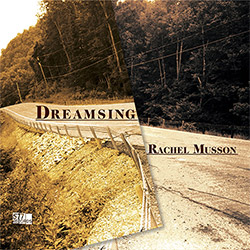



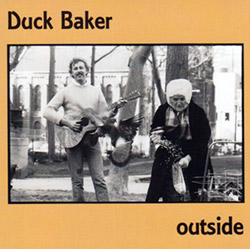

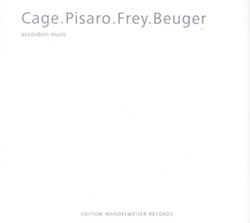
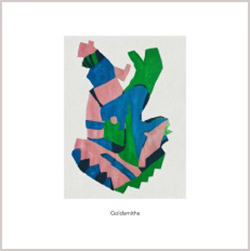

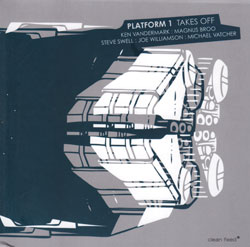

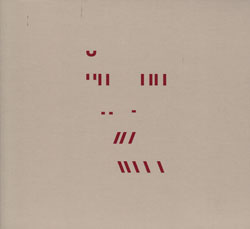


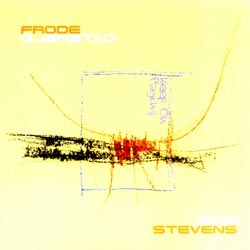

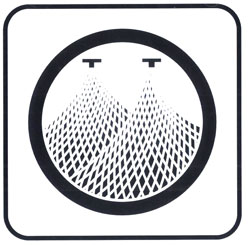

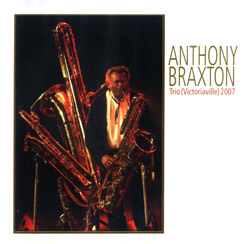


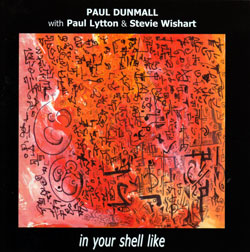








![Weston, Matt: Communism Has Appeared On The Scene [VINYL 2 LPs]](https://www.teuthida.com/productImages/misc4/35546.jpg)
![Coleman, Steve & Five Elements: PolyTropos / Of Many Turns [2 CDs]](https://www.teuthida.com/productImages/misc4/35476.jpg)
![Sorey, Tyshawn (w/ Diehl / Ragahavan): The Susceptible Now [DOUBLE VINYL]](https://www.teuthida.com/productImages/misc4/35477.jpg)
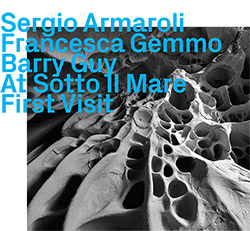
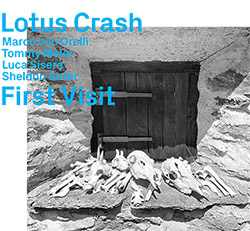
![John Coltrane Quartet (Coltrane / Tyner / Garrison / Jones): Impressions From Graz 1962, Revisited [2 CDs]](https://www.teuthida.com/productImages/misc4/35495.jpg)
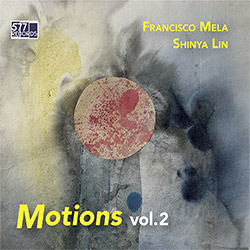
![Guy, Barry / Ken Vandermark: Occasional Poems [2 CDs]](https://www.teuthida.com/productImages/misc4/34849.jpg)
![Novoa / Carter / Mela Trio: Vol.1 [VINYL]](https://www.teuthida.com/productImages/misc4/35236.jpg)
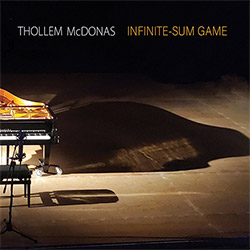

![Elephant9 : Mythical River [VINYL]](https://www.teuthida.com/productImages/misc4/34624.jpg)
![Evans, Peter (Evans / Eldh / Black): Extra [VINYL]](https://www.teuthida.com/productImages/misc4/35279.jpg)

![McPhee, Joe: Straight Up, Without Wings [BOOK]](https://www.teuthida.com/productImages/misc4/35454.jpg)
![Jeck, Philip: rpm [2 CDs]](https://www.teuthida.com/productImages/misc4/35455.jpg)



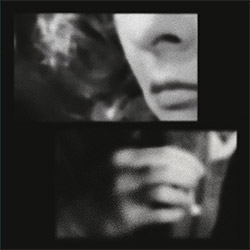





![Barker / Parker / Irabagon: Bakunawa [VINYL]](https://www.teuthida.com/productImages/misc4/35533.jpg)


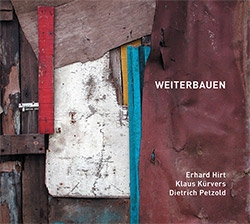

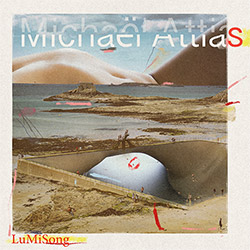
![Blaser, Samuel / Marc Ducret / Peter Bruun: Dark Was The Night, Cold Was The Ground [VINYL 10-inch]](https://www.teuthida.com/productImages/misc4/35492.jpg)



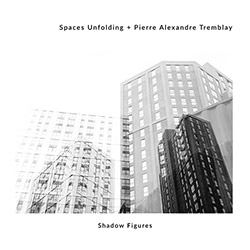

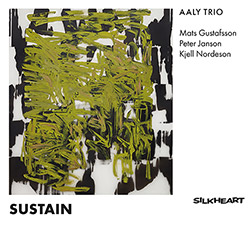
![Warren, Kenny (Warren / Hoffman / Ellman): Sweet World [VINYL]](https://www.teuthida.com/productImages/misc4/35451.jpg)


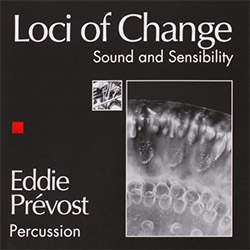

![Blake, Ran / Dave Knife Fabris: Live Amsterdam 2006, First Visit [CD + POSTCARDS]](https://www.teuthida.com/productImages/misc4/35275.jpg)

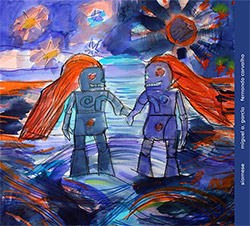


![DNS: Taking Big Bites Of The Khandas Three Cafes Deep [2 CDs]](https://www.teuthida.com/productImages/misc4/35334.jpg)

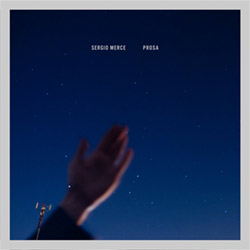
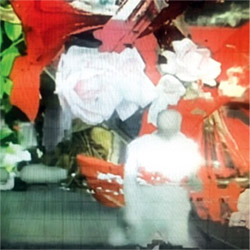

![Cleaver, Gerald: The Process [VINYL]](https://www.teuthida.com/productImages/misc4/34966.jpg)
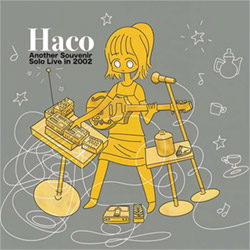


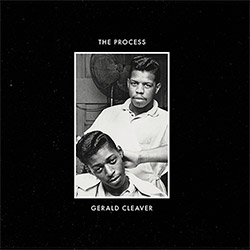
![Alva Noto: HYbr:ID II [VINYL 2 LPs]](https://www.teuthida.com/productImages/misc4/35201.jpg)

![Baron, Derek / Luke Martin: Distinct and Concealed [CASSETTE + DOWNLOAD]](https://www.teuthida.com/productImages/misc4/35079.jpg)
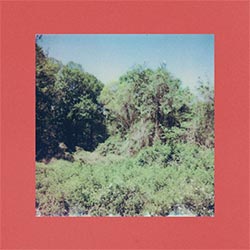
![Lyle, Erica Dawn : Colonial Motels [CASSETTE + DOWNLOAD]](https://www.teuthida.com/productImages/misc4/35080.jpg)


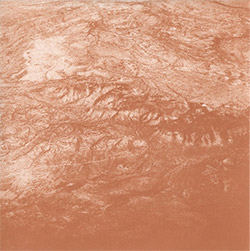
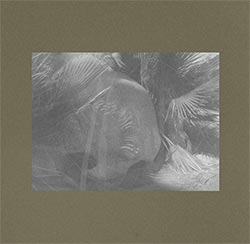
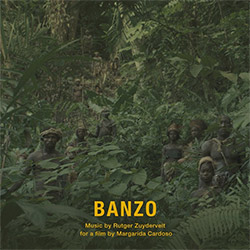




![Sanna, Claudio: Compositori Sardi Contemporanei II [2 CDs]](https://www.teuthida.com/productImages/misc4/35317.jpg)



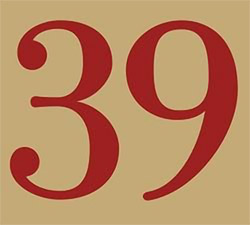
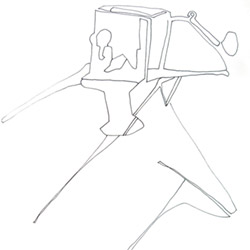


![Zurria, Manuel: Fame di Vento [3 CDs]](https://www.teuthida.com/productImages/misc4/35167.jpg)
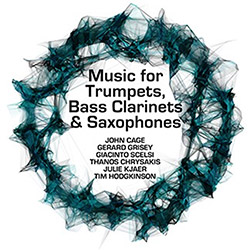
![Granberg, Magnus / Nattens Inbrott / Skogen: Holde Traume, Kehret Wieder! [2 CDs]](https://www.teuthida.com/productImages/misc4/35038.jpg)
![Frey, Jurg: Outermost Melodie [2 CDs]](https://www.teuthida.com/productImages/misc4/35039.jpg)

![Pavone, Jessica: Reverse Bloom [VINYL]](https://www.teuthida.com/productImages/misc4/34895.jpg)


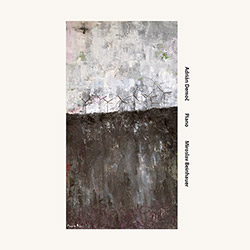

![Modney (Modney / Wooley / Gentile / Roberts / Pluta / Symthe / ...): Ascending Primes [2 CDs]](https://www.teuthida.com/productImages/misc4/34852.jpg)







![Elephant9 with Terje Rypdal: Catching Fire [VINYL 2 LPs]](https://www.teuthida.com/productImages/misc4/35355.jpg)
![Deerlady (Obomsawin, Mali / Magdalena Abrego): Greatest Hits [VINYL]](https://www.teuthida.com/productImages/misc4/34876.jpg)




![Haino, Keiji: Black Blues [2 CDs]](https://www.teuthida.com/productImages/misc4/35109.jpg)



![Surplus 1980: Illusion of Consistency [CD]](https://www.teuthida.com/productImages/misc4/35069.jpg)
![Staiano, Moe: Away Towards the Light [VINYL + DOWNLOAD]](https://www.teuthida.com/productImages/misc4/35037.jpg)



![Caveira (Gomes / Sousa / Abras / Ferrandini): Ficar Vivo [VINYL]](https://www.teuthida.com/productImages/misc4/34643.jpg)
![Gregg, J. J. / David Van Auken: Lunar Prairie [CD w/ DOWNLOAD]](https://www.teuthida.com/productImages/misc4/34611.jpg)
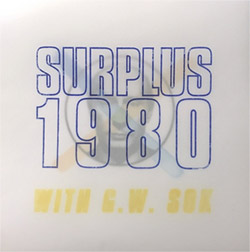
![Coultrain: Mundus [VINYL]](https://www.teuthida.com/productImages/misc4/32439.jpg)
![Mattin: Songbook #6 [VINYL]](https://www.teuthida.com/productImages/misc4/27317.jpg)
![Punkappella: Wake Up [7-inch VINYL]](https://www.teuthida.com/productImages/misc4/17519.jpg)
![Residents, The: WARNING: UNiNC.: Live And Experimental Recordings 1971-1972 [VINYL 2 LPs]](https://www.teuthida.com/productImages/misc4/31521.jpg)
![Coultrain: Phantasmagoria [VINYL]](https://www.teuthida.com/productImages/misc4/30142.jpg)
![Lennon, Sean Ono: Asterisms [VINYL]](https://www.teuthida.com/productImages/misc4/34517.jpg)
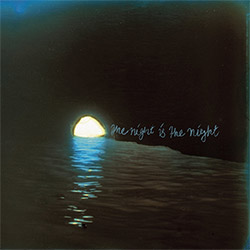
![Coley, Byron: Dating Tips for Touring Bands [VINYL]](https://www.teuthida.com/productImages/misc4/17906.jpg)

![Lost Kisses: My Life is Sad & Funny [DVD]](https://www.teuthida.com/productImages/misc4/lostKissesDVD.jpg)